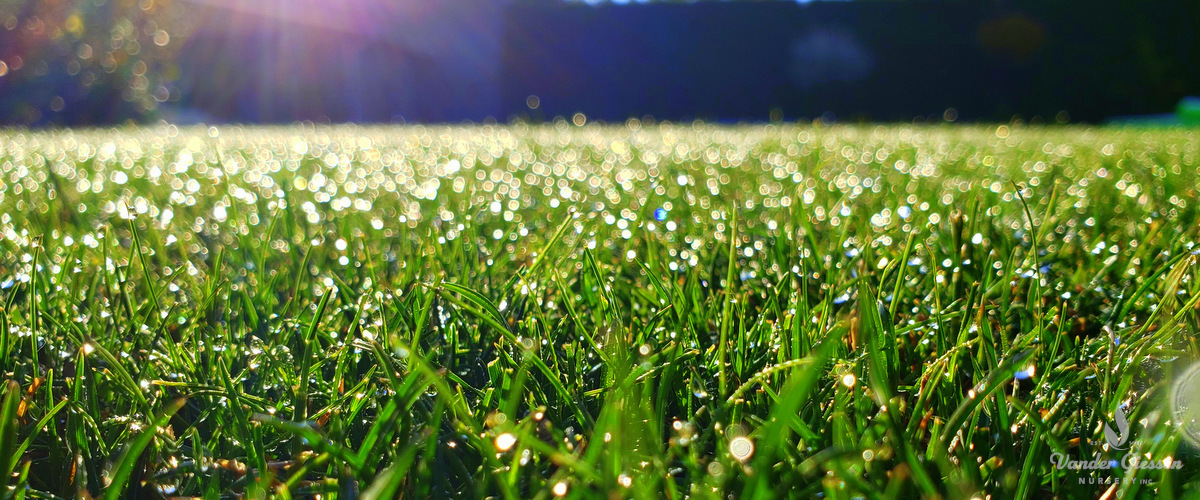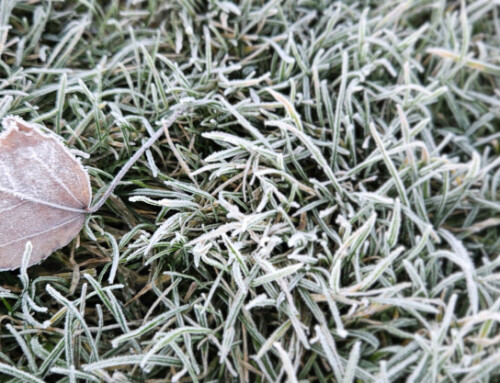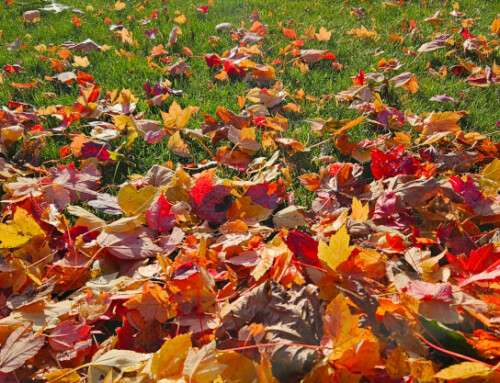Here in the Pacific Northwest, moss is a common problem we all battle in our lawns and flower beds. On the north side of the house, in shady areas–and this year, just about all over–it’s a challenge to keep up with. Especially after this year’s mild, wet winter, you may find that the moss in your lawn is worse than ever. So what to do?
There are a few steps you can and should take right now to help keep moss from taking over your yard. Moss killer can be used any time moss is actively growing, so the first step is to kill what’s there. Products like Bonide MossMax work well and are easy to apply with a fertilizer spreader. At Vander Giessen Nursery, we carry both MossMax and generic ferrous sulfate–the main ingredient in most other moss killers. It’s cheaper than the brand name product and has a higher concentration of iron, so it’s more effective! Many moss killers are best applied when the moss is damp, but check the packaging for instructions on when and how to apply.
After you’ve killed the moss–and that should be evident by the moss turning black in a matter of hours (if not minutes!)–you may need to remove it from your lawn. If you have an older, more established lawn, consider renting a walk-behind thatcher to tear up the moss and remove old, dead grass. Younger lawns should be treated with more care, but if the moss was thick, use a thatching rake to manually pull the dead moss out of the problem areas in your yard.
Once the moss is dead and gone, it’s time to fertilize. For the first fertilizer application of the year, we recommend Scotts Turf Builder with Moss Control. Not only is it a great fertilizer to rejuvenate your dormant grass, it has iron it to help control any moss you may not yet have killed. As a bonus, the iron will turn your lawn a beautiful deep green without giving you too much growth!
Ultimately, you’d probably like to keep the moss from growing back…right? Moss thrives on acidic soil, which, due to the amount of rain we have, is basically all of the soil in our area. Balance the pH of your soil–remove the acidity–and the moss will be less likely to grow back. Our recommendation for a soil “sweetener” is Espoma Lightning Lime. Unlike dolomite lime, it doesn’t take months or years for it to break down and start working; it only take a few weeks. The great thing about Lightning Lime is that not only does it help control moss regrowth, it allows your lawn fertilizer to work to its best potential–meaning you get more bang for your buck. Apply lime a week before or after fertilizing for best results.
Next time you’re at Vander Giessen’s, check out the moss killers, fertilizers and soil sweeteners we have in stock to help control moss in your yard. Spring is just around the corner, and this year, you deserve to have the best lawn possible. Let us help you make that happen!








Hi, I like your title "go to battle" really it's like a battle because lawn s your main part of your home and you can not see these things to ruined your garden so yes it is a battle between human and moss lol.